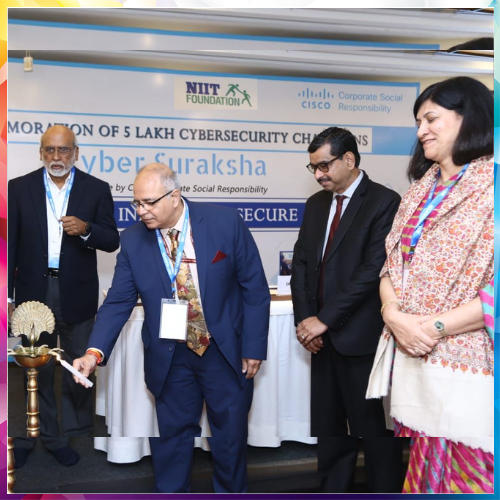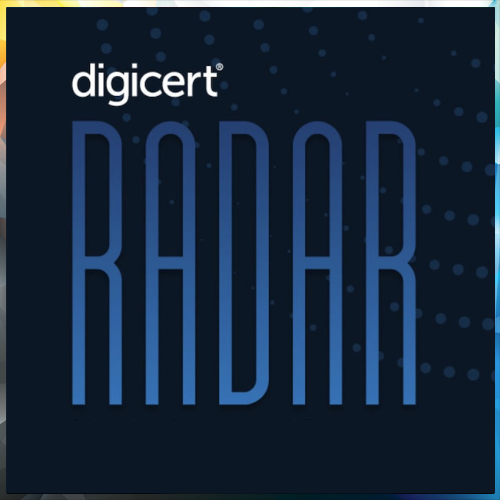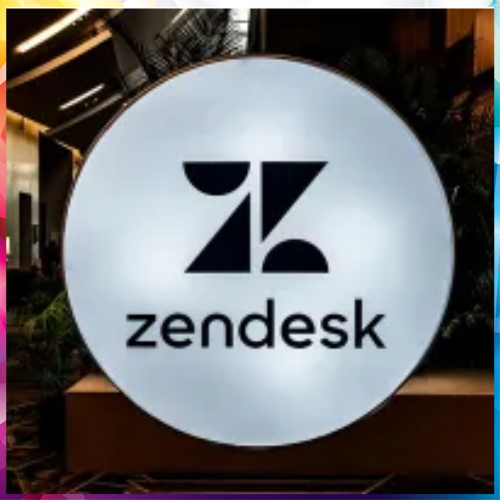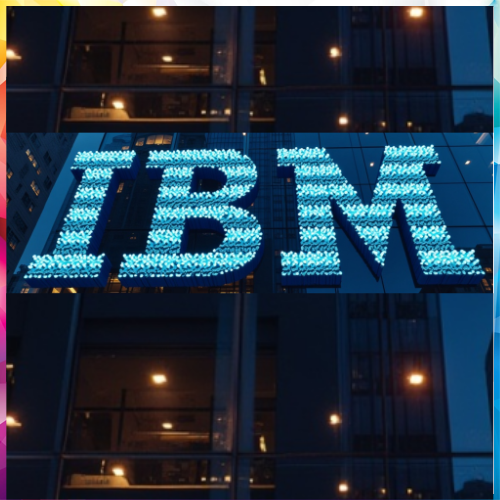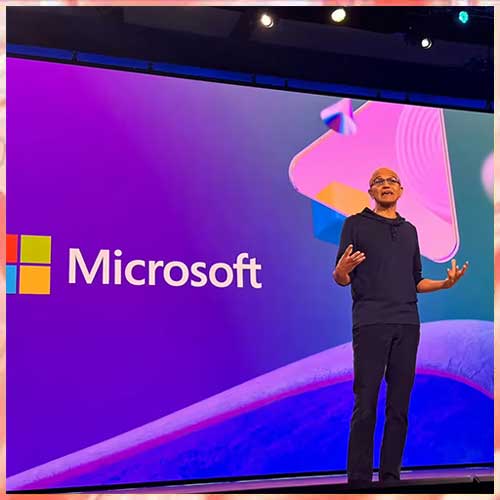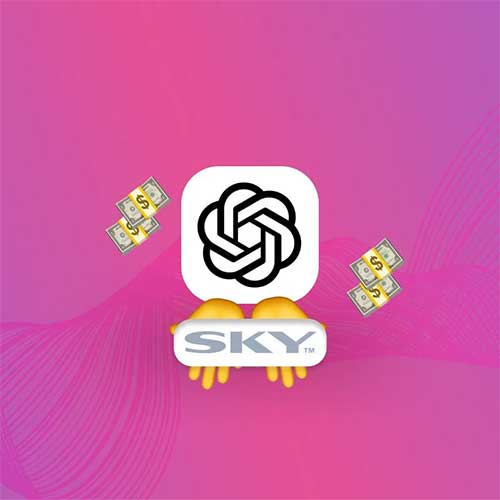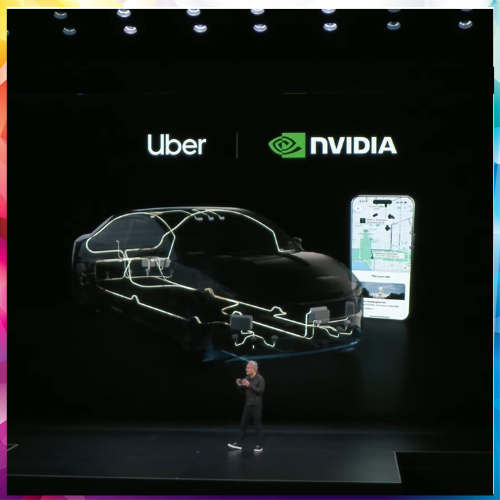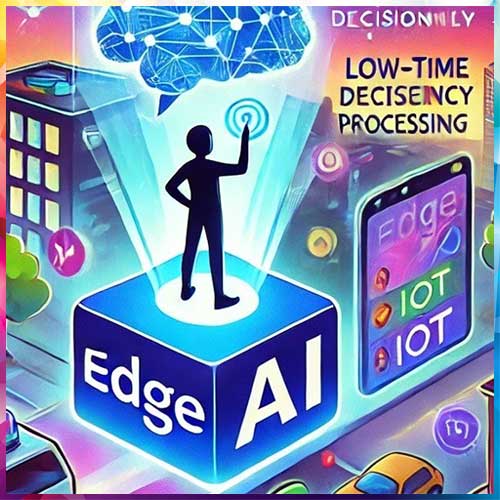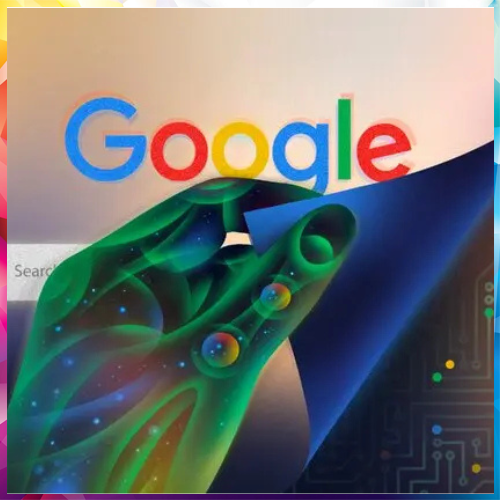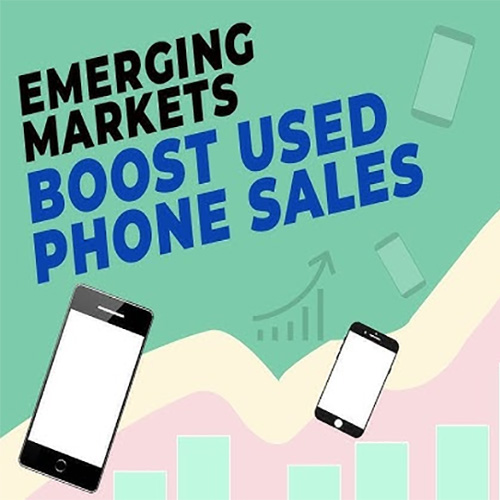
The latest figures of Gartner show that the market landscape for low-code development technologies will remain on a strong trajectory for 2021. The research firm's low-code market forecast suggests that a surge in remote development during the COVID-19 pandemic will continue to prop up the space overall, as more companies turn to low-code platforms to support innovation and digital transformation agendas.
Low-code development enables enterprises to rapidly build and deploy software applications without the use of a professional programmer. The users of a low-code or no-code platform can build their project with point-and-click interfaces, instead of writing every single line of code for a given application.
Gartner posits that low-code has become a general social and technological movement, bolstered by the emergence of citizen developers outside of IT that will continue to grow significantly for years to come. Low-code application platforms (LCAP) are expected to be the largest contributor to the growth of the low-code development technology market through 2022, increasing nearly 30% from 2020 to reach $5.8 billion in 2021, according to Gartner. Gartner also points to software-as-a-service (SaaS) and hyper automation as drivers of low-code adoption. Most of the major SaaS players have started to incorporate low-code development technologies in their repertoire of services. As SaaS grows in popularity, the low-code market will see commensurate growth in LCAPs and process automation tooling, Gartner said.
"The economic consequences of the COVID-19 pandemic have validated the low-code value proposition," said Fabrizio Biscotti, research vice president at Gartner. "Low-code capabilities that support remote work functions, such as digital forms and workflow automation, will be offered with more elastic pricing since they will be required to keep the lights running. Globally, most large organizations will have adopted multiple low-code tools in some form by year-end 2021. In the longer term, as companies embrace the tenets of a composable enterprise, they will turn to low-code technologies that support application innovation and integration."
See What’s Next in Tech With the Fast Forward Newsletter
Tweets From @varindiamag
Nothing to see here - yet
When they Tweet, their Tweets will show up here.






